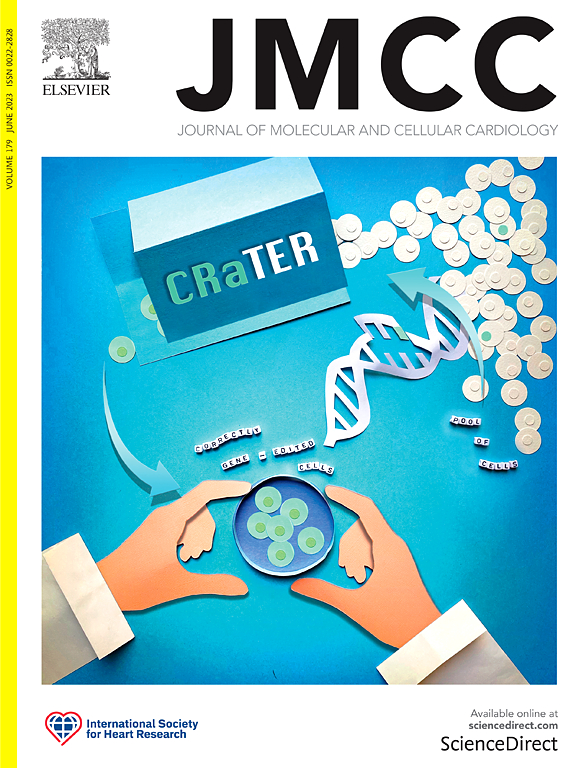Mechanisms underlying atrial fibrillation in chronic kidney disease
IF 4.7
2区 医学
Q1 CARDIAC & CARDIOVASCULAR SYSTEMS
引用次数: 0
Abstract
Chronic kidney disease (CKD) is a serious and progressive worldwide health problem affecting 15 % of the global population. CKD is associated with higher mortality rates due to secondary complications such as cardiovascular disease. Common cardiovascular complications found in CKD patients include left ventricular hypertrophy, heart failure, and cardiac arrhythmias. The most common type of cardiac arrhythmia in CKD patients is atrial fibrillation (AF). Proper management of AF is important due to its high risk of cardiovascular complications and stroke. The incidence of AF remains higher in CKD patients than in the healthy population, highlighting the need to improve our understanding of the mechanisms underlying CKD-induced AF. In this review, we discuss well-known systemic factors linking CKD to AF pathogenesis. We highlighted the involvement of several inflammatory mediators in the CKD-induced atrial arrhythmogenesis. We also address special considerations for experimental models of CKD and AF management in CKD patients. Finally, we emphasize the need for a deeper understanding of the molecular underpinning, and for high-quality clinical investigations into the CKD-AF connection.

慢性肾脏疾病心房颤动的潜在机制
慢性肾脏疾病(CKD)是一种严重的进行性全球健康问题,影响全球15%的人口。由于继发性并发症,如心血管疾病,CKD与较高的死亡率相关。慢性肾病患者常见的心血管并发症包括左心室肥厚、心力衰竭和心律失常。CKD患者最常见的心律失常类型是心房颤动(AF)。由于房颤具有较高的心血管并发症和卒中风险,因此适当的治疗非常重要。与健康人群相比,慢性肾脏病患者的房颤发病率仍然更高,这凸显了我们需要提高对慢性肾脏病诱发的房颤机制的理解。在这篇综述中,我们讨论了众所周知的将慢性肾脏病与房颤发病机制联系起来的系统性因素。我们强调了几种炎症介质在ckd诱导的心房心律失常发生中的作用。我们还讨论了CKD实验模型和CKD患者AF管理的特殊考虑。最后,我们强调需要更深入地了解分子基础,并对CKD-AF联系进行高质量的临床研究。
本文章由计算机程序翻译,如有差异,请以英文原文为准。
求助全文
约1分钟内获得全文
求助全文
来源期刊
CiteScore
10.70
自引率
0.00%
发文量
171
审稿时长
42 days
期刊介绍:
The Journal of Molecular and Cellular Cardiology publishes work advancing knowledge of the mechanisms responsible for both normal and diseased cardiovascular function. To this end papers are published in all relevant areas. These include (but are not limited to): structural biology; genetics; proteomics; morphology; stem cells; molecular biology; metabolism; biophysics; bioengineering; computational modeling and systems analysis; electrophysiology; pharmacology and physiology. Papers are encouraged with both basic and translational approaches. The journal is directed not only to basic scientists but also to clinical cardiologists who wish to follow the rapidly advancing frontiers of basic knowledge of the heart and circulation.

 求助内容:
求助内容: 应助结果提醒方式:
应助结果提醒方式:


